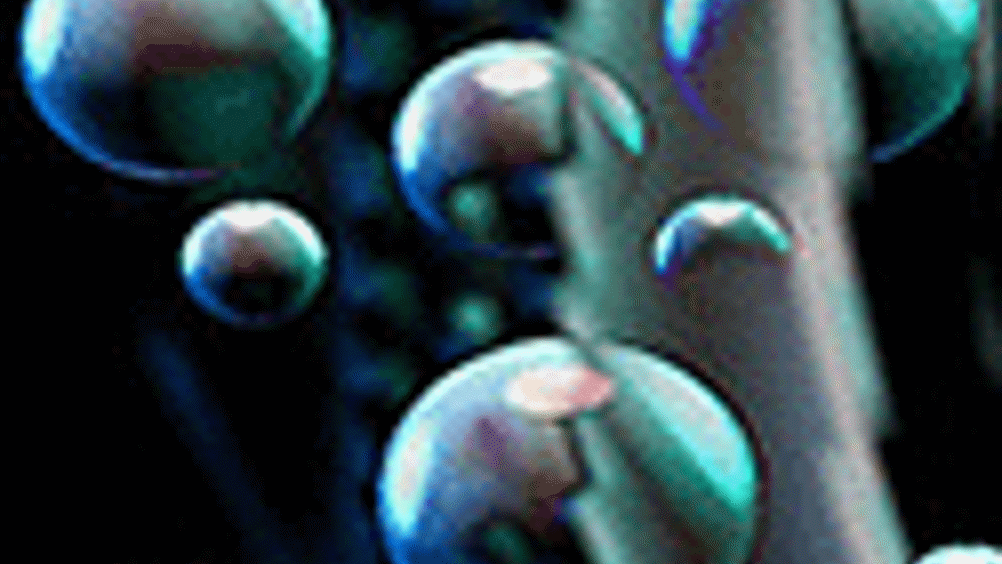Seeing through physics
Anglo-Swiss nanotech research paves the way for lasers that could make solid materials 'transparent'.

Childhood fantasies of seeing through brick walls and closed doors could be a step closer to reality following work by researchers from
and the
,
.
They have developed a technique that, under laboratory conditions, makes solid objects appear transparent. The effect exploits the way electrons move in matter.
Overturning Einstein
Normally, when light is shone on to a material, the light's energy is absorbed by its electrons. However, using a new material created from nanoscale crystals, an 'X-ray effect' has been achieved by shining a laser on to the structure to 'control' the 'wave-like' character of the electrons in such a way that they interfere with one another. The material then ceases to absorb light, becoming transparent in the process.
The work is based on a breakthrough that contradicts Einstein's theory that for a laser to work, the light-amplifying material it contains, usually a crystal or glass, must be brought to a state known as 'population inversion'.
Register now to continue reading
Thanks for visiting The Engineer. You’ve now reached your monthly limit of news stories. Register for free to unlock unlimited access to all of our news coverage, as well as premium content including opinion, in-depth features and special reports.
Benefits of registering
-
In-depth insights and coverage of key emerging trends
-
Unrestricted access to special reports throughout the year
-
Daily technology news delivered straight to your inbox










CCC Report Finds UK Climate Targets Still Within Reach
In 1990 67% of the UK´s electricity came from coal-fired power stations and even without renewables the transition to gas was a major contributor to...